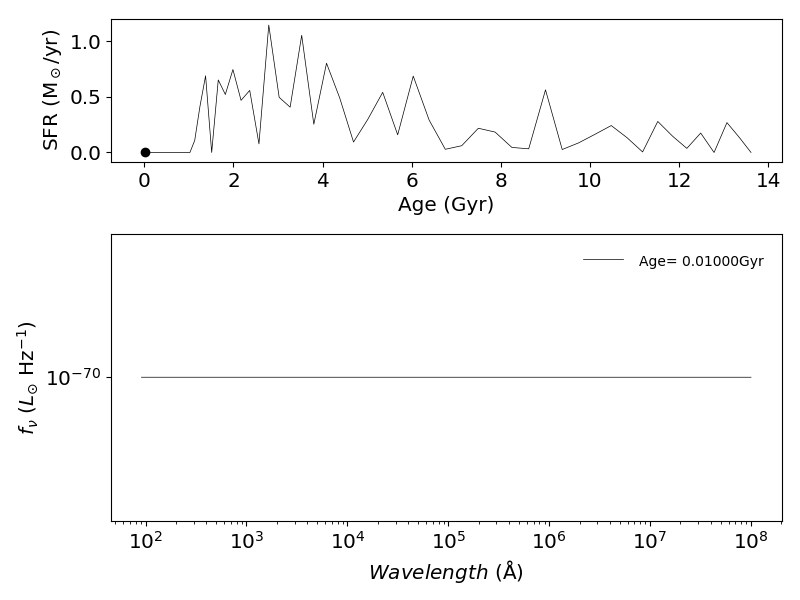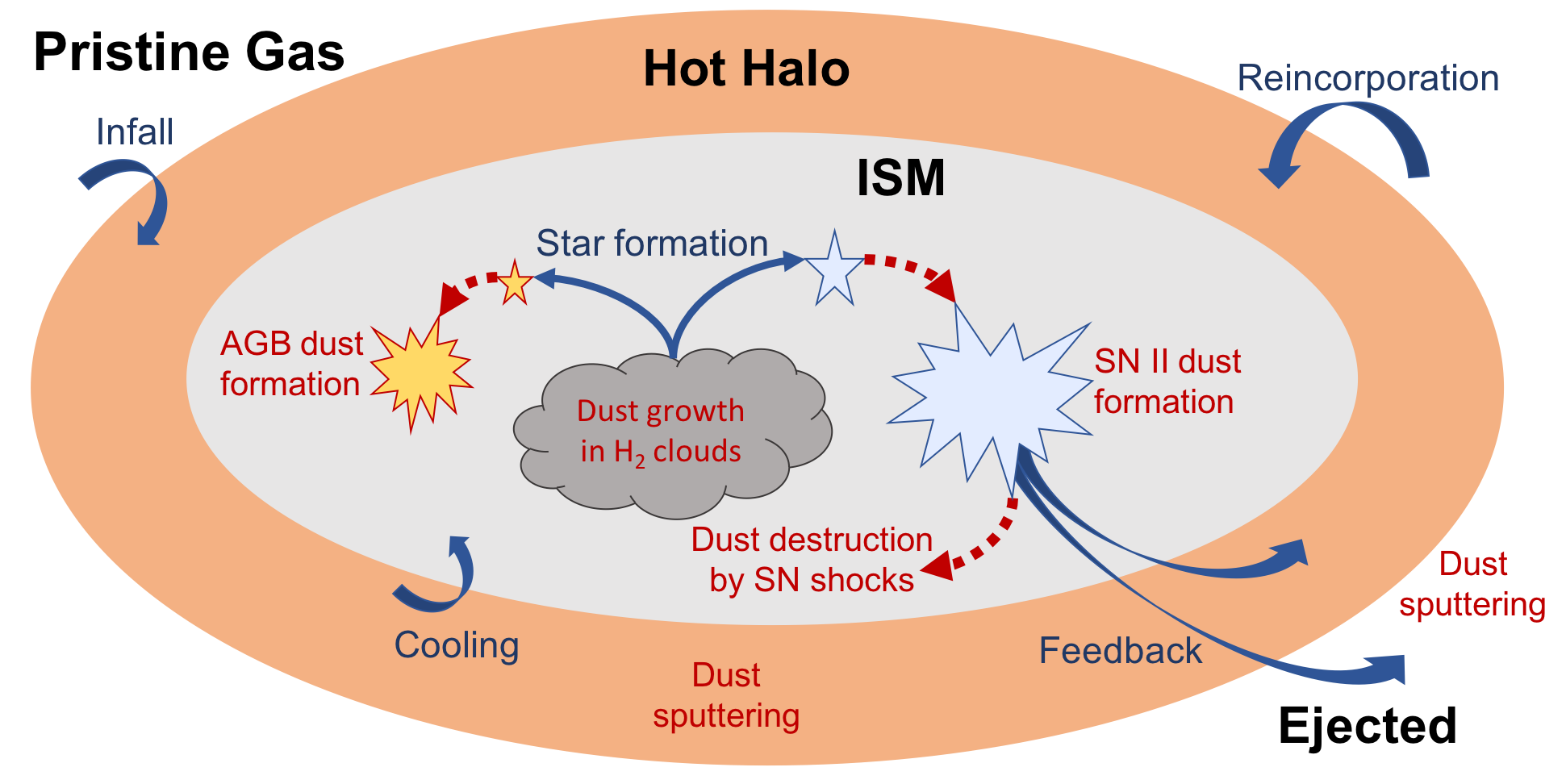
Hi. I'm Pipit Triani.
I am a postdoctoral fellow at the Center for Astrophysics, Harvard and Smithsonian. Prior to this, I spent a year as an ASTRO3D postdoctoral fellow at the Australian National University within the Research School of Astronomy and Astrophysic. I got my PhD of Astrophysics at CAS Swinburne on 2021. I did my undergraduate and master in Institut Teknologi Bandung, Indonesia. My research focuses on the theoretical simulation of galaxy formation, spectral energy distribution (SED) and emission line modelling. Besides that, I am an avid crocheter and a zumba instructor.
Learn about what I do
